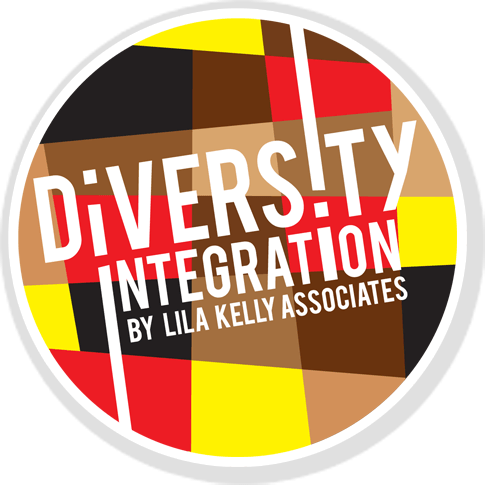
October is National Disability Employment Awareness Month. This dedication is to commemorate the many and varied contributions of people with disabilities to America’s workplaces and economy. Even though traditionally people with disabilities have been among the most under-counted populations, according to the 2020 U.S. census data, approximately one in five people in the workforce have a disability of some kind. Here are some tips for interviewing people with disabilities.
Odds are that during the hiring process, you are likely to encounter an applicant who has a disability. The responsibility is on the employer to be prepared to provide the necessary accommodations and conduct the interview in an appropriate manner. Unconscious bias and misguided assumptions can be present, particularly in a job interview situation.
People with disabilities have said the following are things they would like people to keep in mind when interviewing someone with a disability.
In general:
- Remain focused on the applicant’s abilities to perform the job and not on the disability.
- An employer can ask, “Can you perform the job duties with or without reasonable accommodations?” and may ask the applicant to describe or demonstrate how they would perform a job-related function.
- Avoid wondering how you would perform the job if you had the same disability as the applicant and making assumptions based on that. A person who is blind shared this perspective:
For applicants who are blind or have a visual impairment:
- Introduce yourself and others who meet the applicant by name.
- Do not interact with a guide dog. The dog is working and should not be distracted.
For applicants who are deaf or hard of hearing:
- First, ask the applicant who they want for an interpreter. One person who is deaf offered this suggestion: “If they say, ‘I don’t care,’ ask again. Because it’s really important that they know that you want to satisfy their needs. And they normally will give names of people that they are comfortable with in those situations. Second, find out their skill level, if you can. Ask, ‘Would you prefer ASL (American Sign Language), PSE (Pidgin Signed English), Queued Speech?’ It’s all different.”
- Make sure the applicant can clearly see the interpreter. Do not set up the interpreter with a window behind them, because if the window is light, it may be difficult to see the interpreter’s hands.
- Talk to the applicant, not to the interpreter, and have the interpreter sit next to the interviewer.
For applicants who use a wheelchair:
- Refrain from pushing or touching the person’s wheelchair without permission. It is part of her or his personal space. If you want to help someone, ask and wait for instructions.
- Ensure that all ramps, pathways and wheelchair accessible doors in your building are unblocked and unlocked. It is a requirement of the Americans with Disabilities Act.
While interviewing an applicant who has a disability may not be an everyday occurrence, it is something for which interviewers should be prepared. It is essential for everyone who meets the applicant to adapt quickly to the situation to show that the work environment is welcoming to people with disabilities.
These are just a few things to keep in mind. More information on diversity hiring and interviewing people with disabilities is included in the online training and book on Integrating Diversity and Inclusion into the Hiring Process. Information is also available at the Department of Labor, Office of Disability Employment Policy. If you are uncertain about how to handle any situation in a professional and legal manner, consult your Human Resources Manager or legal counsel.
Copyright © 2024 Lila Kelly Associates LLC. Integrating Diversity into Hiring, Interviewing, Recruiting and Retention – Since 1992. Not to be reprinted without written permission from Lila Kelly. This article includes excerpts from Lila Kelly Associates’ online training and book on diversity hiring. See Online Training, Train-The-Trainer, Blended Learning, and Books on diversity, equity and inclusion at diversityintegration.com. Subscribe to our newsletter here.
